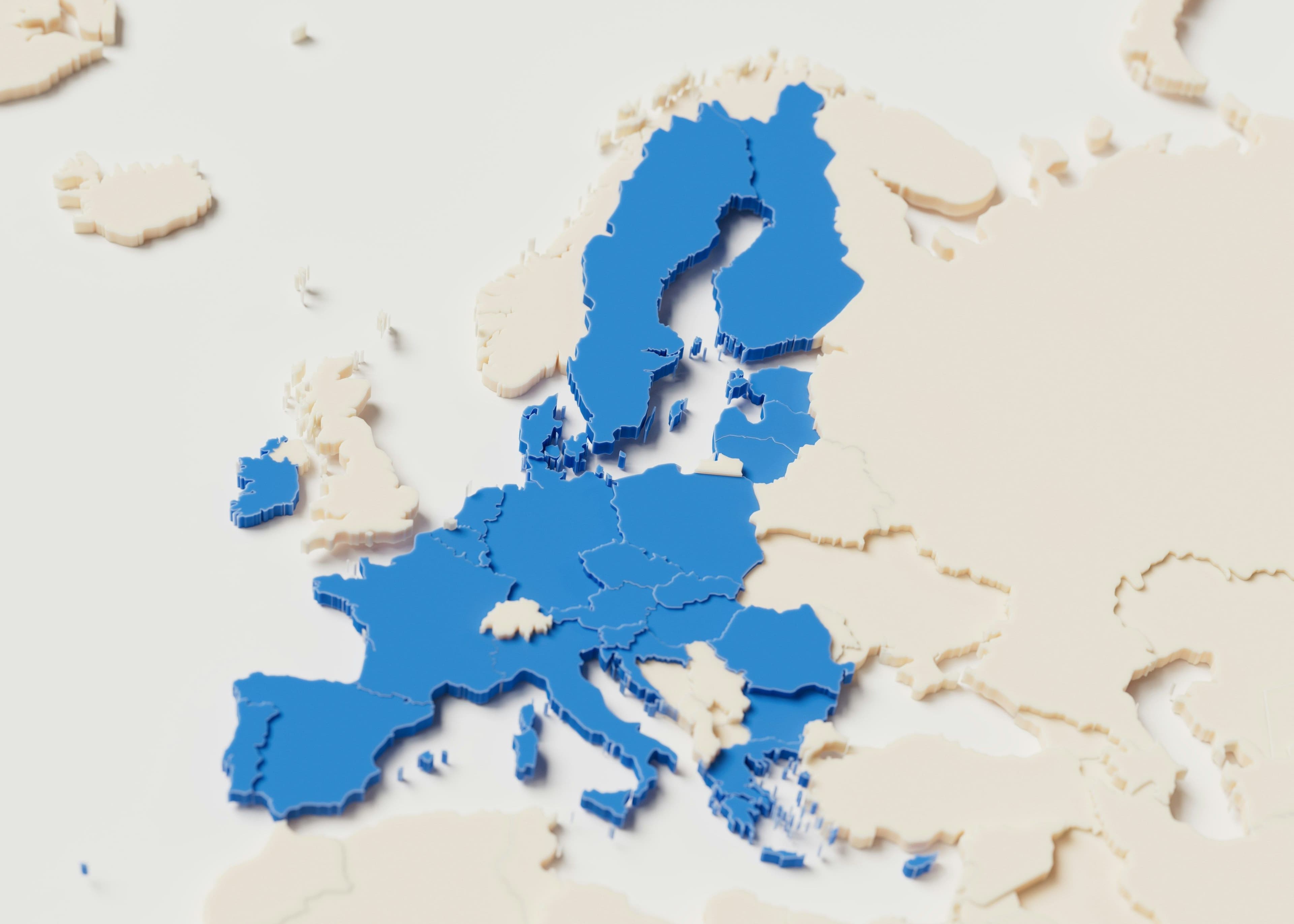Inflation in the eurozone has returned to the 2% level

Planet Volumes, Unsplash
The European statistical service Eurostat has published fresh data on inflation in the euro area for June 2025. According to the report, the annual rate of price growth reached 2.0 per cent compared to 1.9 per cent in May. For the entire European Union, the figure was 2.3 per cent, also 0.1 percentage points higher than in the previous month.
Despite the rise, inflation remains below the level of last year, when in June 2024 it reached 2.5 per cent in the euro area and 2.6 per cent in the EU. However, these averaged figures hide a notable heterogeneity: at one pole Cyprus (0.5%), France (0.9%) and Ireland (1.6%), and at the other pole Romania with an impressive 5.8%, Estonia (5.2%) and Hungary and Slovakia (4.6% each).
Services had the most notable impact on the overall inflation rate, providing 1.51 percentage points of growth. Food, alcohol and tobacco added 0.59 percentage points, while industrial goods excluding energy added 0.13 percentage points. The energy component, on the contrary, played a restraining role: it reduced total inflation by 0.25 percentage points, continuing the trend of negative contribution observed since April.
According to Eurostat, inflation rose in 22 EU member states compared to May, while in only five - decreased. Particularly sharp jumps were recorded in Greece (+1.3 p.p.) and Estonia (+1.1 p.p.), where inflation accelerated sharply in just one month.
Contrary to the traditional view of energy as the main driver of inflation, it is the services sector that has steadily taken the lead in recent months. This reflects rising prices for transport, tourism, education and health care - sectors directly linked to services and real consumption.
Separately, the situation in Luxembourg is worth noting: here, inflation also rose, totalling 2.4% in June, up from 2.1% in May. This emphasises the general trend towards moderate but stable price growth in the region.
Thus, the recovery of inflation to a level close to the European Central Bank's target is taking place against the backdrop of a significant gap between countries where price dynamics remain stubbornly low and those facing ongoing consumer price pressures. In the coming months, regulators will have the difficult task of preventing the economy from overheating, keeping inflation in check while not slowing the recovery from the crisis.




